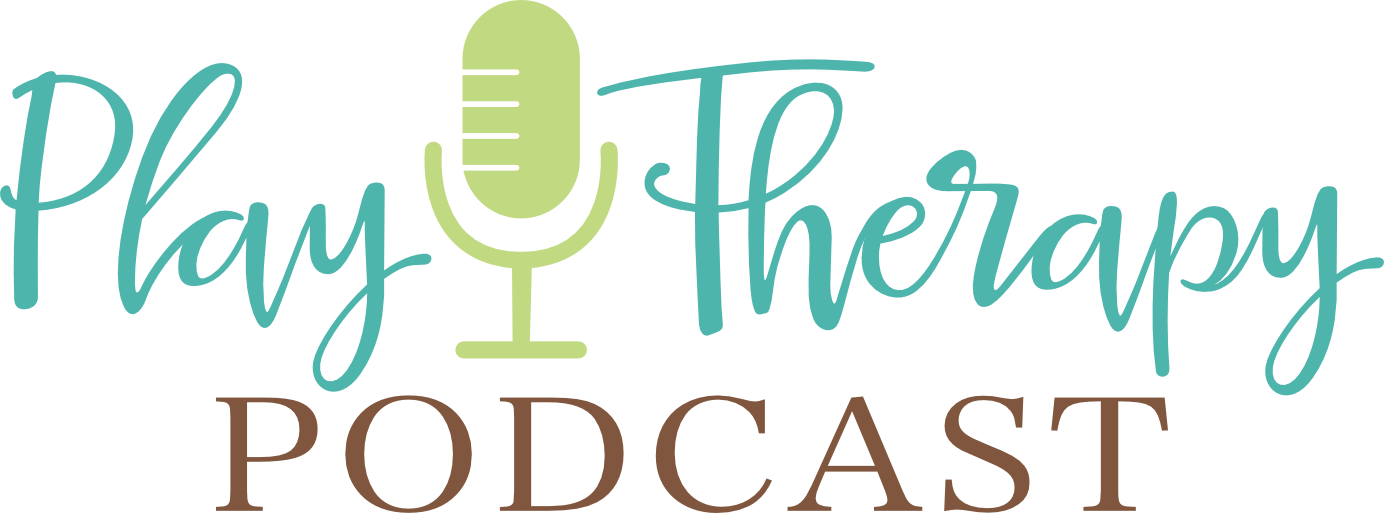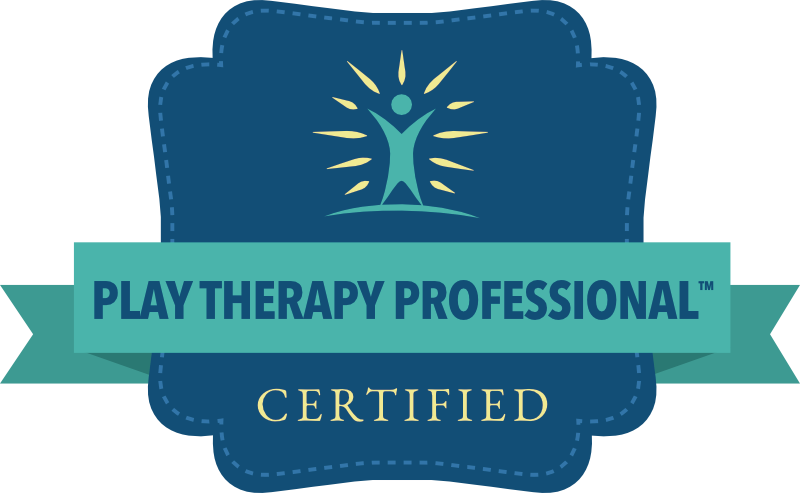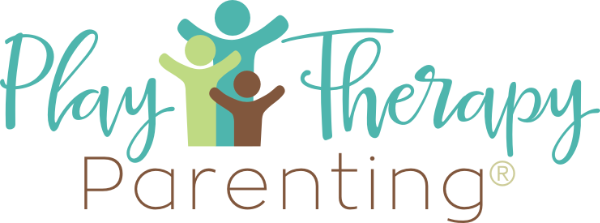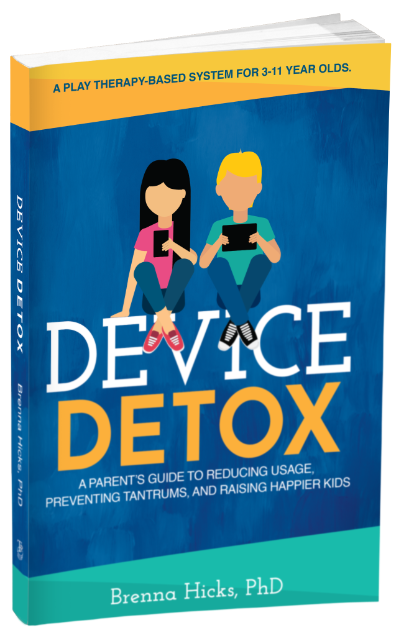Big Choices For Big Kids, Little Choices For Little Kids
This episode is the last of the choice giving principles. This principle comes straight out of the Landreth/Bratton CPRT curriculum. Topics I discuss in this episode are:
– Age appropriateness of choices
– How many choices you provide
– The responsibility that comes with the choices
Podcast HQ: https://www.playtherapypodcast.com
Email me: [email protected]
Follow me on Twitter: @thekidcounselor https://twitter.com/thekidcounselor
Podcast Transcript
Hi, I’m Dr. Brenna Hicks, and this is the play therapy podcast. In today’s episode, we are covering the last principle tied to the choice-giving skill. And then, in the next episode, we will move into the limit-setting principles. So after today, we are through two rounds of principles, and then there will be two left tied to the last two skills. So that’s exciting. We’re halfway there.
All right. So today, the principal is big choices for big kids, little choices for little kids straight out of the C. P. R. T. Landreth and Bratton training. And the principle here is related to choice giving because we must be mindful that when we give choices, they must be appropriate. So we’ll talk through three components of this principle: age appropriateness, what that looks like, how to determine that, how many choices you will provide because that’s also important, and the responsibility that comes with those choices. So let’s look at each of those together that we’ll unpack.
So first and foremost, when we’re talking about big choices for big kids and little choices for little kids, we have to be mindful that we can’t give kids choices that are too much for them to handle. We understand developmentally that Children are not rational, they’re not cognitive, and they’re not intelligent beings. And so when we give them a choice, the goal is never to have them think about it. It is to remain in their feeling and process. So it’s more of a conditioning process.
My husband and I have talked about this a lot because one of his big hangups about the choice-giving process from the child-centered perspective is that he argues since we know and admit that kids are not rational. They can’t reason why we are giving them a choice, asking them to process something cognitively when we already know that’s not what they do. And I innately understood why and tried my best to communicate why. I’ve been doing this for a long time. So it’s taken me a long time even to articulate this.
A better way to look at this is yes, we’re giving choices, but children need to process the choice cognitively. They respond more responding to their emotions in a conditioning factor. So what I mean by that is when they learn that one choice leads to a positive consequence and one choice leads to a negative consequence. They are conditioned to avoid negative consequences. So they’re still in their emotion, their feelings still govern them, and they’re not necessarily reasoning through the choice. It’s more of learned responses and conditioning to avoid the things that they don’t like. So I hope that’s helpful because my husband and I finally made sense of that and felt I should share that.
So when we’re thinking about the age appropriateness of our choices, we can’t give them too much because they won’t use their brain. So we must remember that they should be given only one or two choices if they’re young, eight and under. The responsibility is too strong. So we must keep that in our mind as we’re given a choice. What might that look like for an eight-year-old or under? You would be looking at straightforward basic choices. So you can choose to put that costume on, or you can choose to handcuff me to the clothing rack, or you can choose to handcuff me to the chair. Notice that that weight is not much, and they’re age-appropriate choices.
Now, older kids can process wider choices, more choices, and more responsibility that comes with the choice, and then, nine and up would be more weighty decisions. And it’s just. It’s a consideration of where they are and what they can handle the best way that I can describe it. So that goes along with the number of choices as well.
We never want to give a very young kid more than one choice. Four and under. When we give a choice, it can be one and essentially becomes an alternative. So it looks more like you want to shoot the dart gun. But I’m not for shooting at. You can choose to shoot it at bobo. So notice that the choice becomes the alternative of bobo, but I’m not offering more options. That’s four and under.
5 to 9 would be two choices. So you can choose to shoot at bobo, or you can choose to shoot at the stuffed animal, And then ten and up could handle three. But here’s what I’d like you to keep in mind. We always need to give up to three choices. One to three will be the option we’re providing at any given time. It depends on the child’s age and development, and we only want to give up to three choices because it’s overwhelming. Because then the choice gets lost.
So if we say you can choose this or this or this or this or this, then the child gets paralyzed, and indecision and they really can’t process. So we want to keep it as simple as possible. So that leaves us with 123,
Finally, we must be aware that the responsibility of choice is the heaviest part of providing a child with a choice. So, of course, as we are giving them choices, they’re learning about decision-making, and they’re learning about self-control, and they’re learning about how to handle a situation and think through what they want to do. However, the responsibility of choice is the greatest lesson. So especially if we move to an if-then choice, if you choose to shoot me with the nerf gun again, you choose not to have the nerf gun the rest of the playtime today. But if you choose to shoot bobo with the nerf gun, you choose to have the nerf gun the rest of the time in that scenario. Whatever choice they make determines the outcome and the consequence of the choice.
So the responsibility is quite significant, and young kids don’t understand that level of responsibility, so we have to make sure they can handle the choice and the outcome. And for example, I was working with a 2.5-year-old, and she colored her skin with markers. I set an ultimate limit, and she chose not to have the markers, and that devastated her the rest of the session, but older kids are usually a little better able to bounce back. Sometimes they even discarded like, okay, who cares, and I think you’re overcompensating because that bothers you. But, of course, that’s my internal dialogue, not my external one. Externally. It doesn’t bother you that you don’t have those anymore. So I reflect on content instead of telling them what I think because that’s a child-centered model, but I digress.
So when a child is older, they can redirect and handle the responsibility easier. And so it’s just kind of keeping that in mind as we set limits as well because that keeps us present with the child because remember, be with attitudes, I’m here, I hear you, I understand I care, I delight in you even when we give choices, we are trying to remain as present as possible and keep their experience in the front of our minds. So we’re trying to constantly see things through their lens and their eyes and be in their shoes. And choices are tough for young children because they’re not intelligent beings. They’re emotional beings. So it is an interesting balance of them learning while still sitting in their emotions.
So I hope that’s helpful. Big choices for big kids and little ones for little kids are the last of our choice-giving principles. So in the following curriculum episode, we will move into the exciting limit-setting principles because limit-setting happens a lot in the playroom, so we need those principles to help us out. Thanks so much for sharing a part of your week with me.
I look forward to talking with you again soon.








